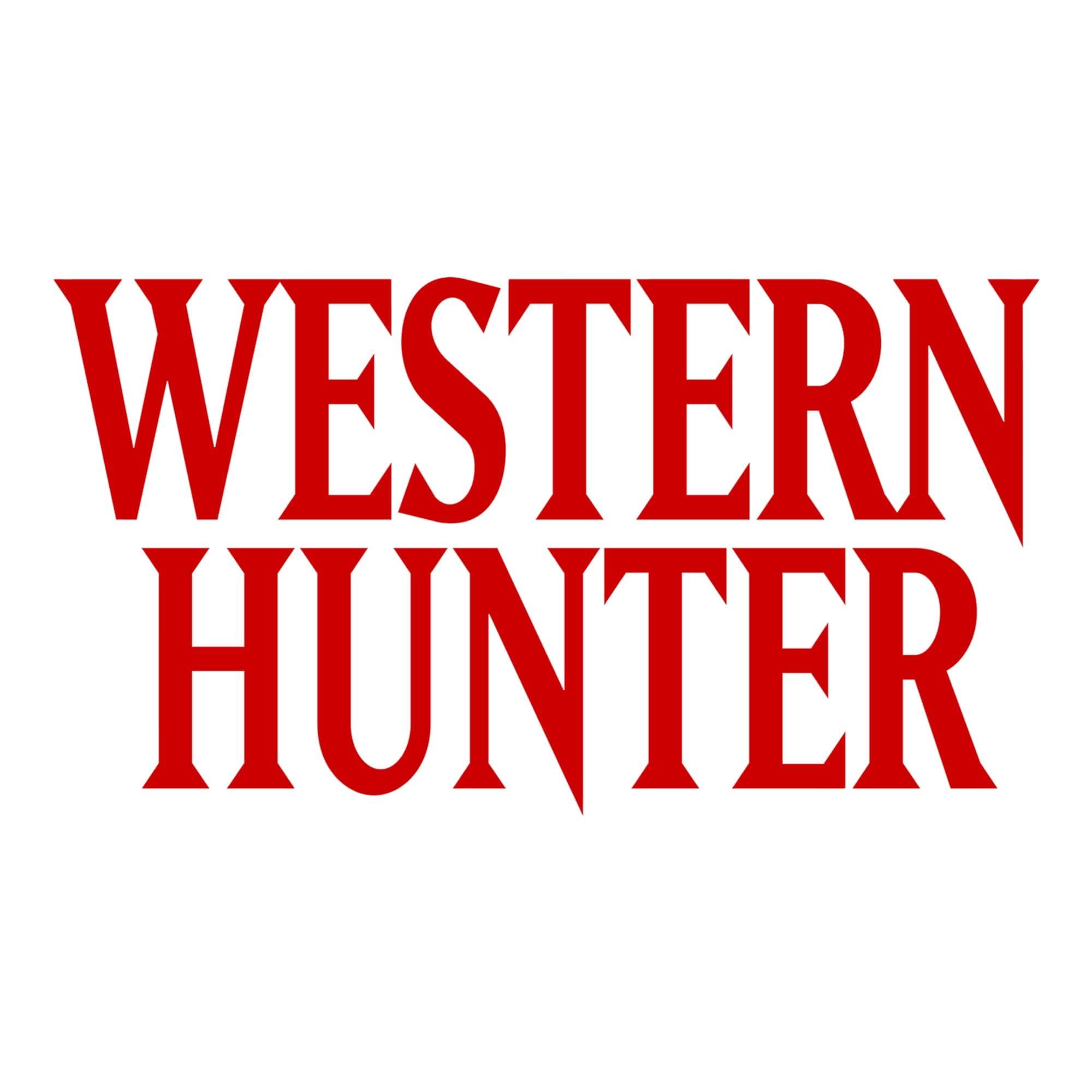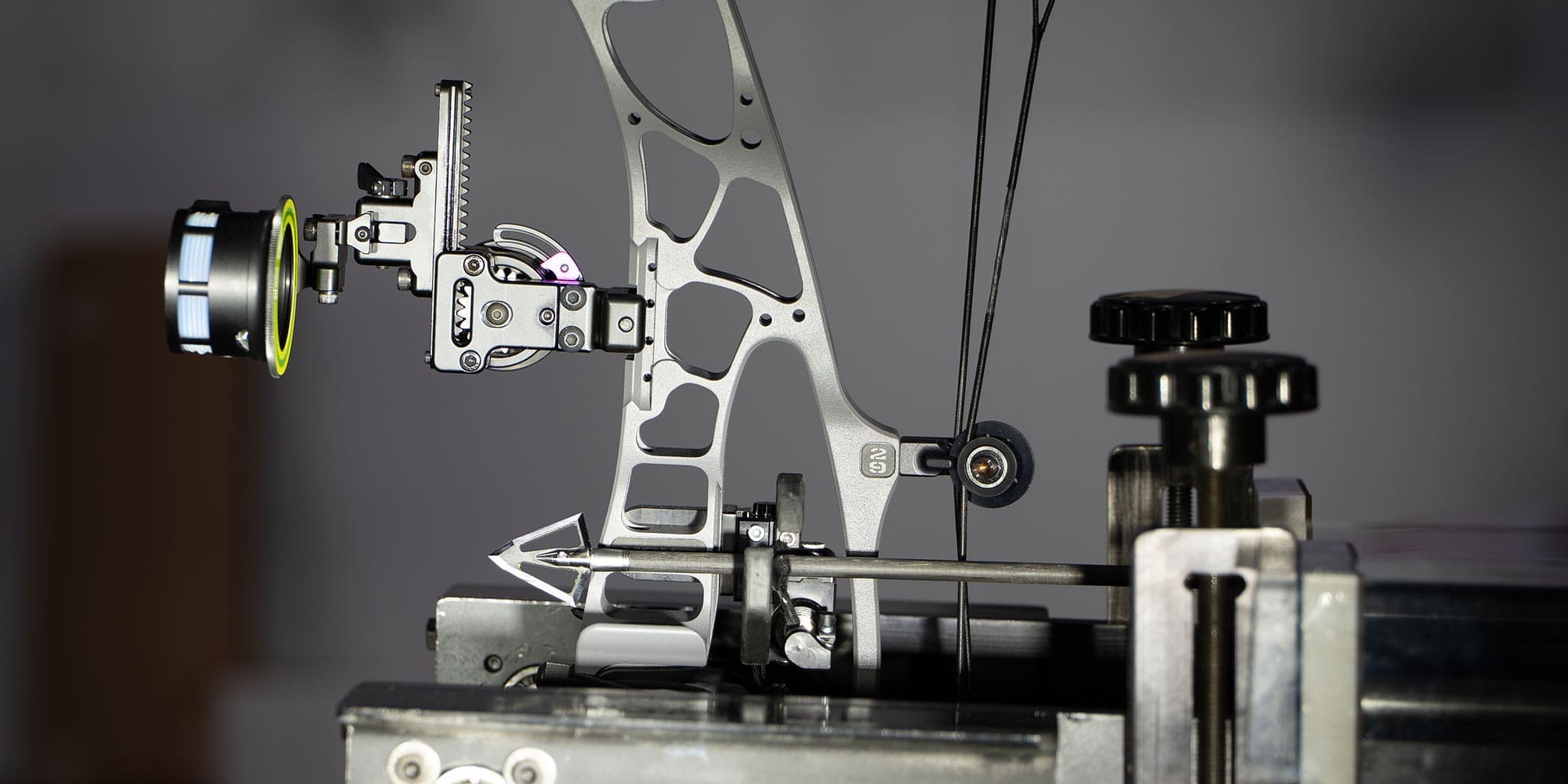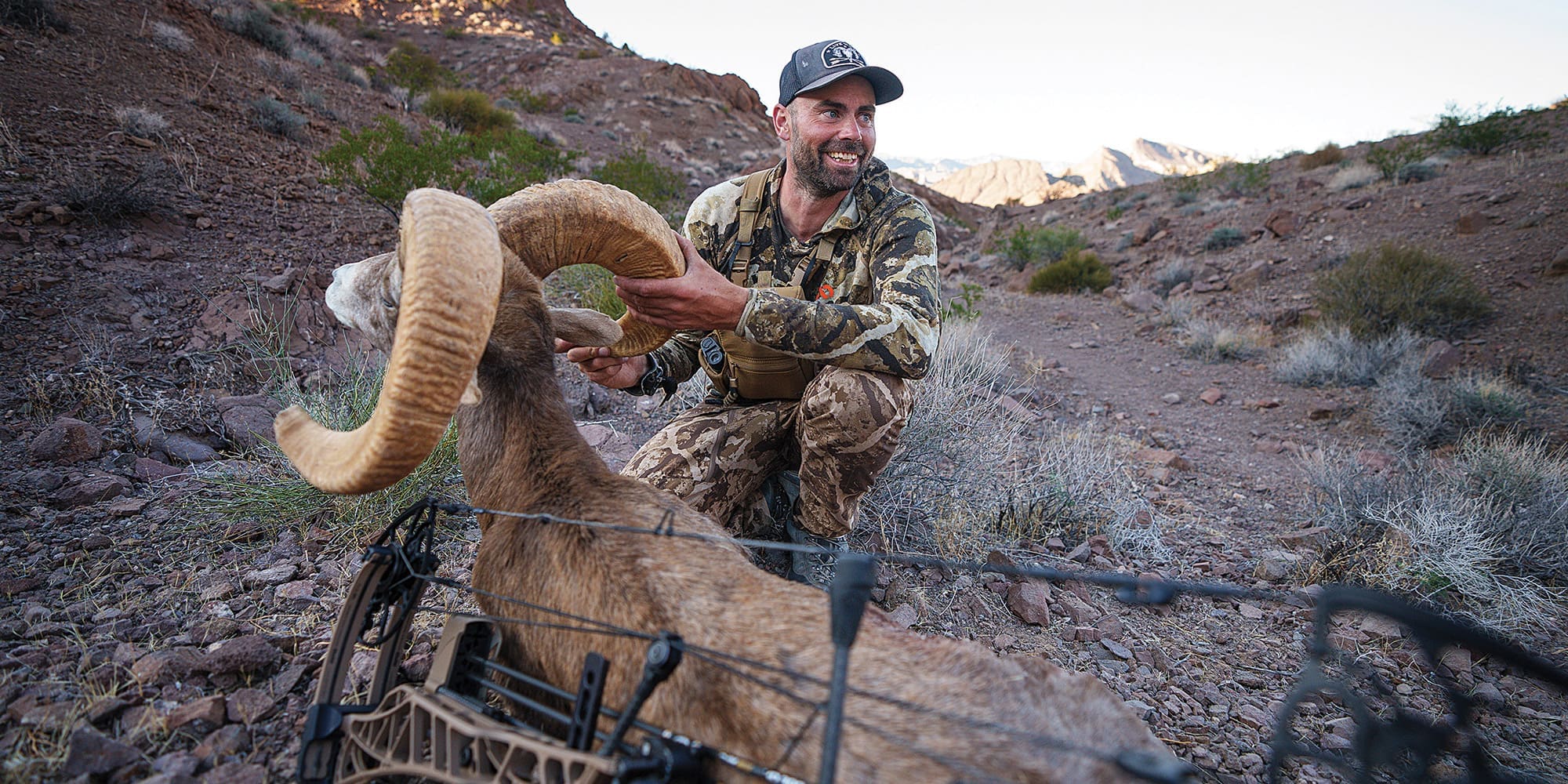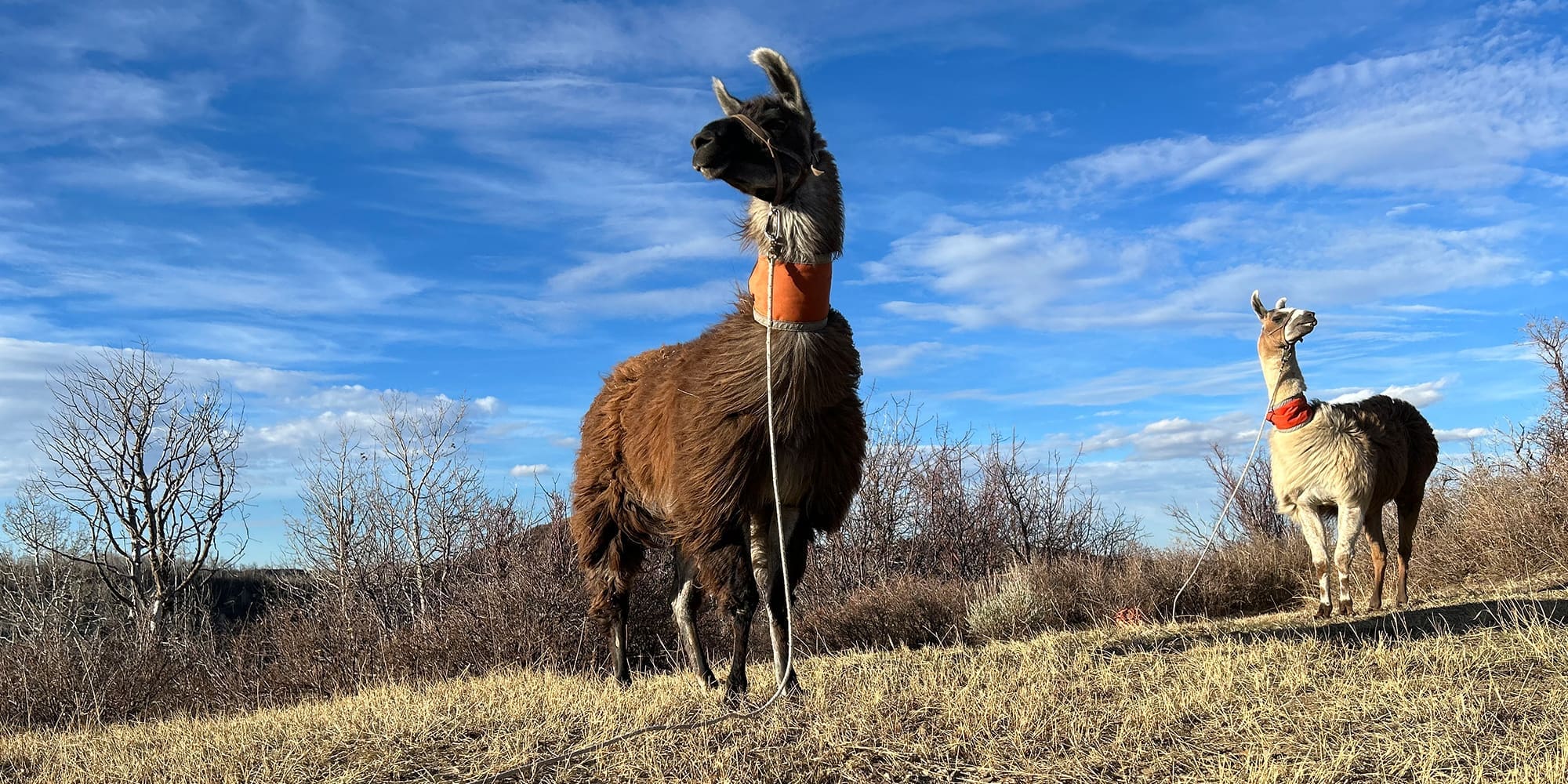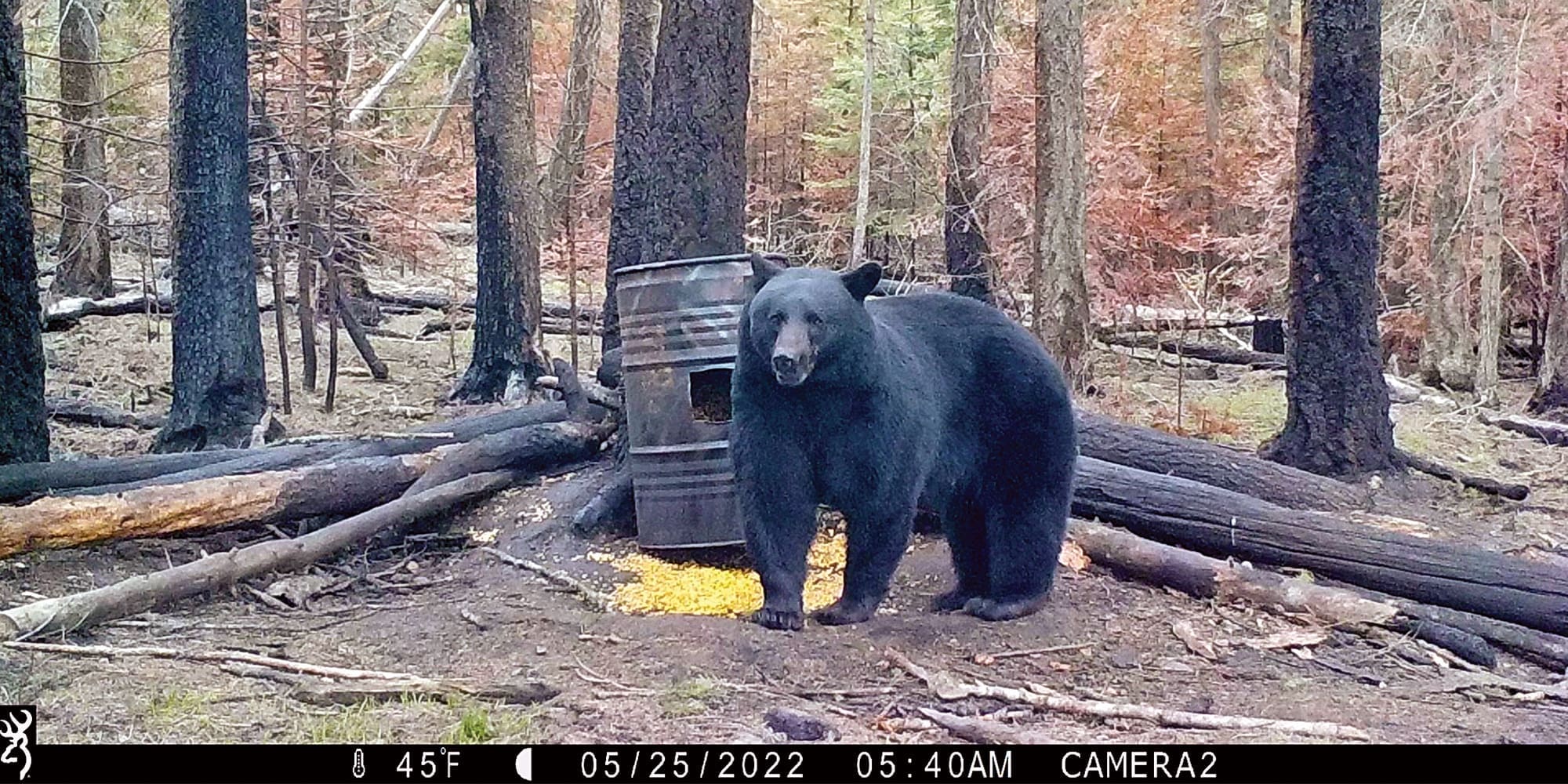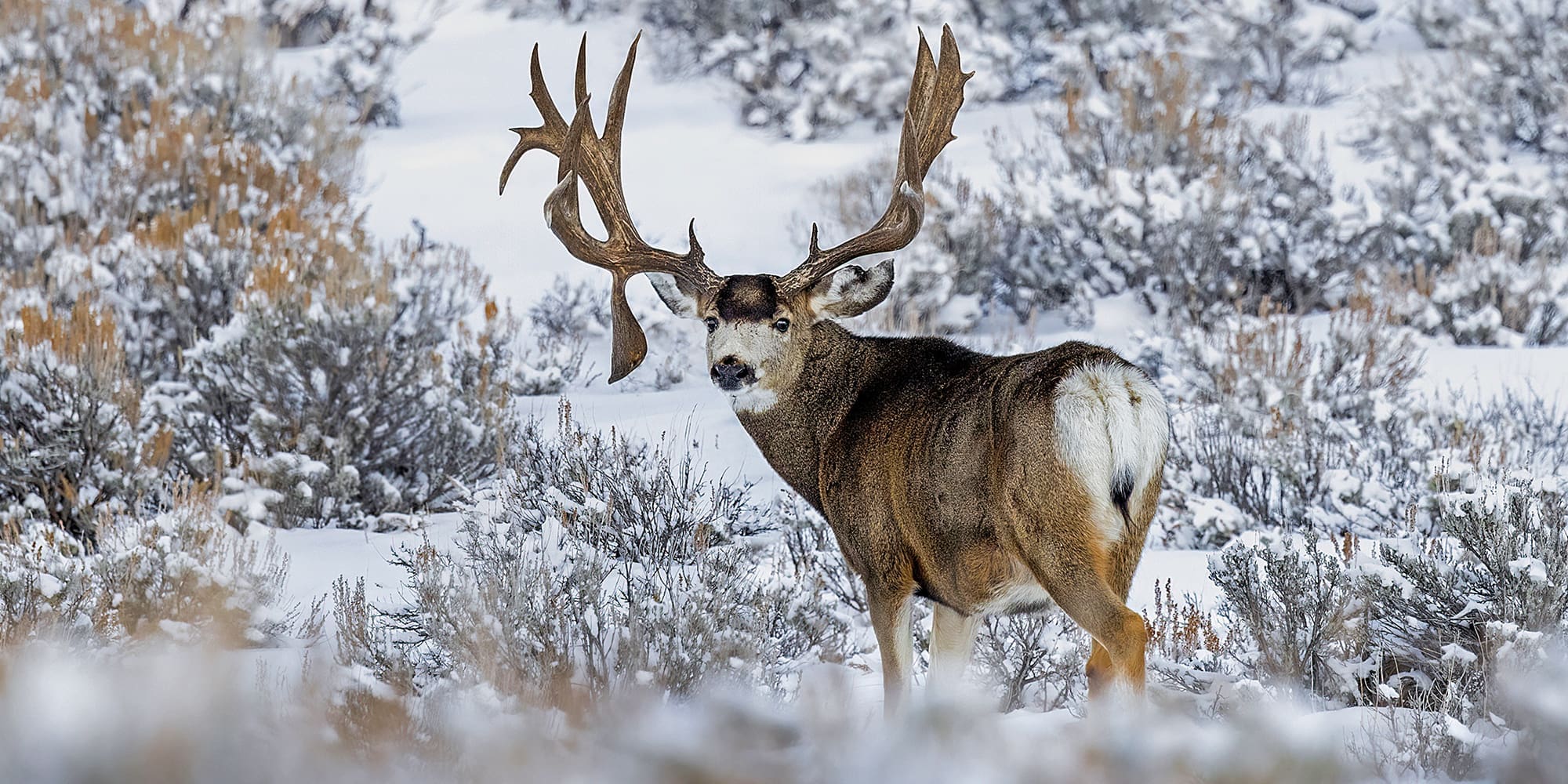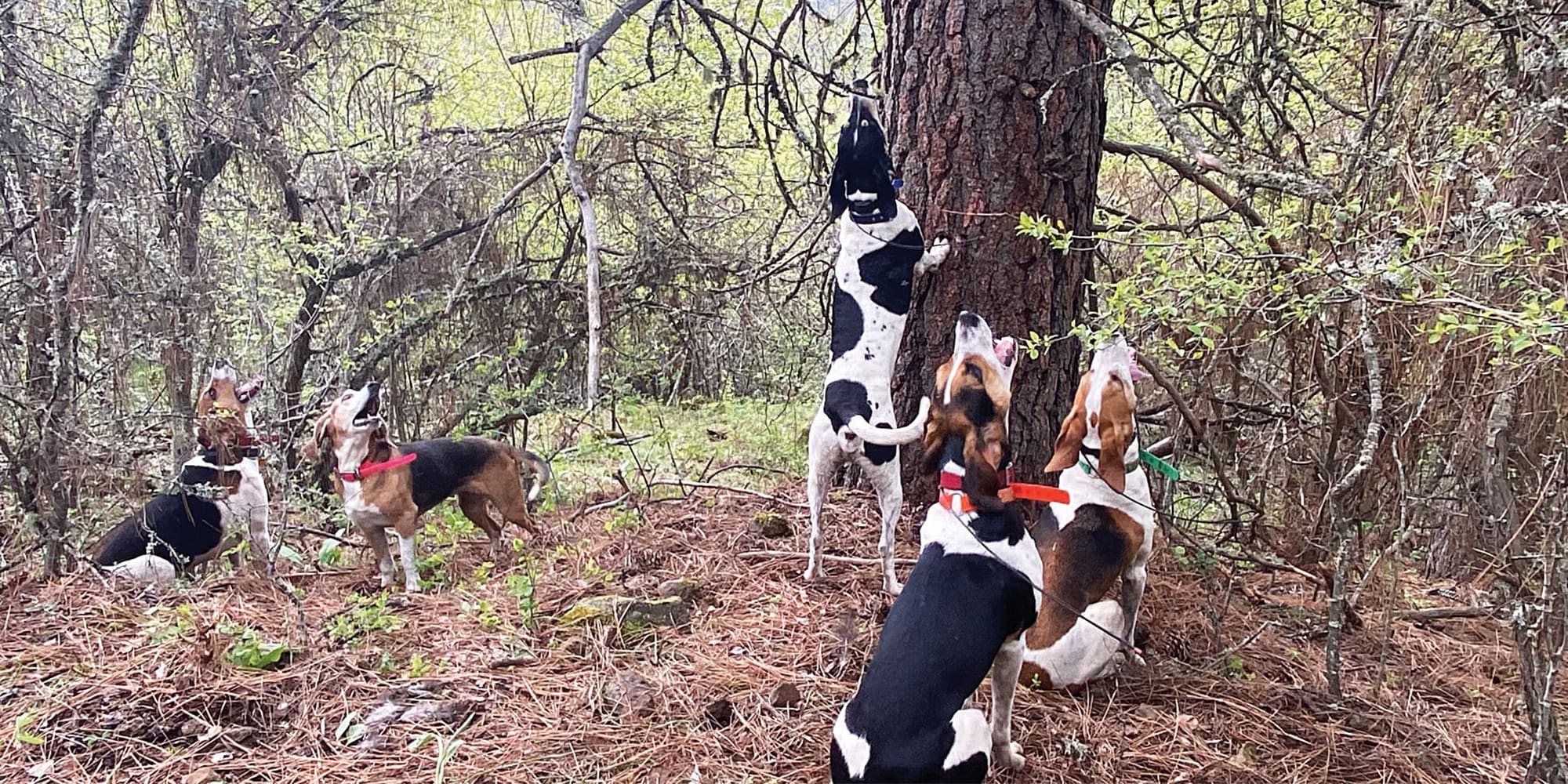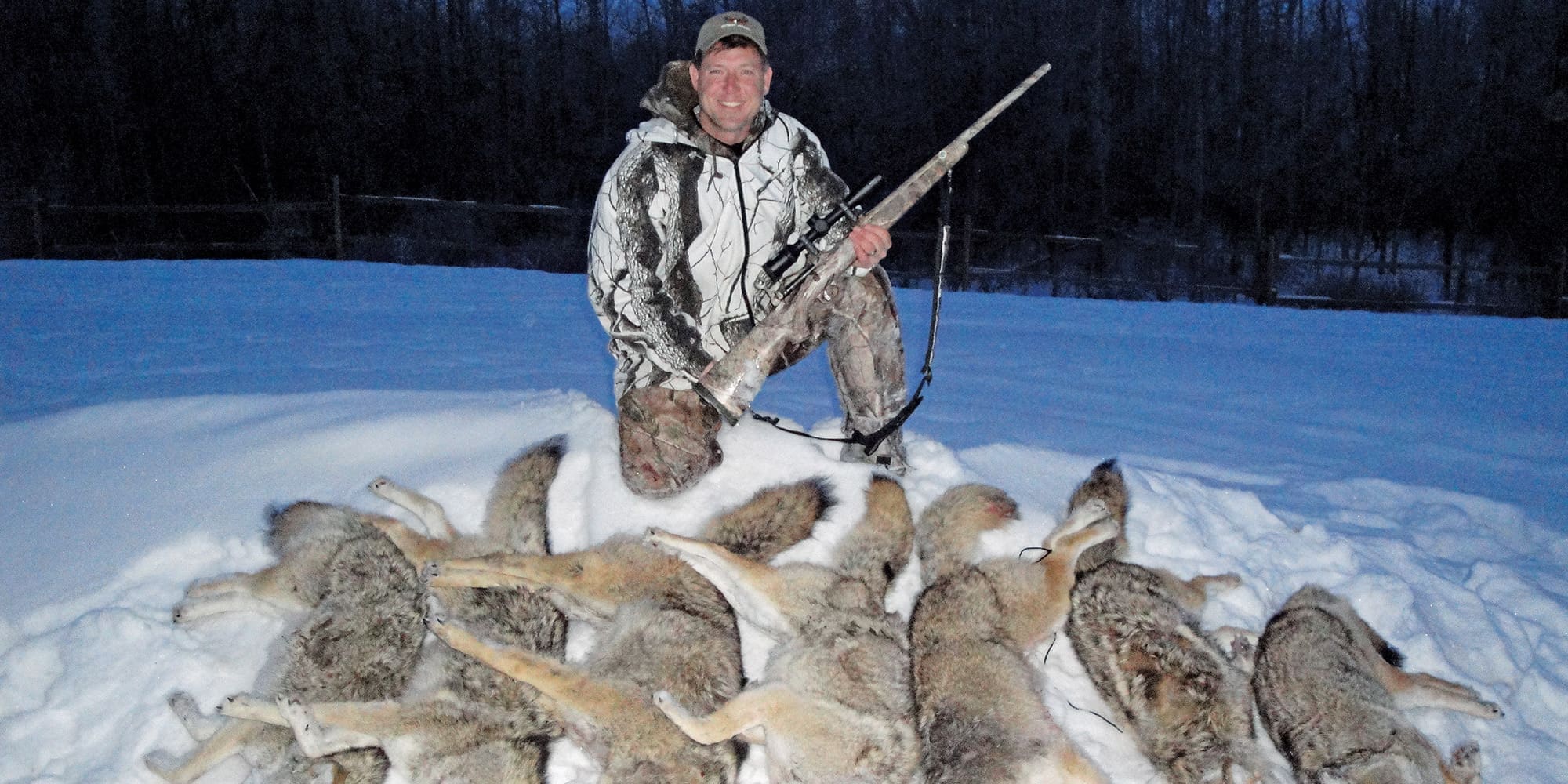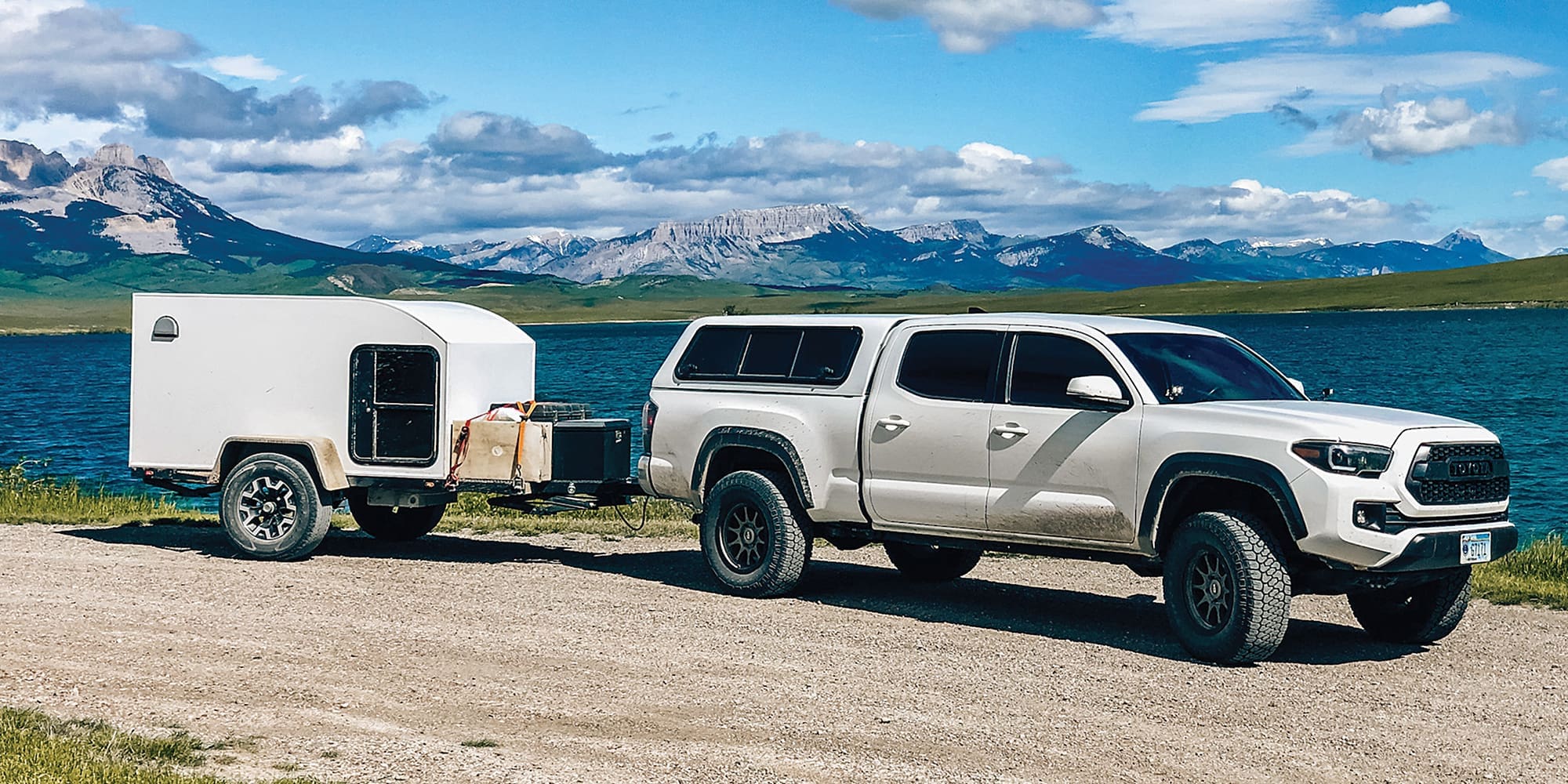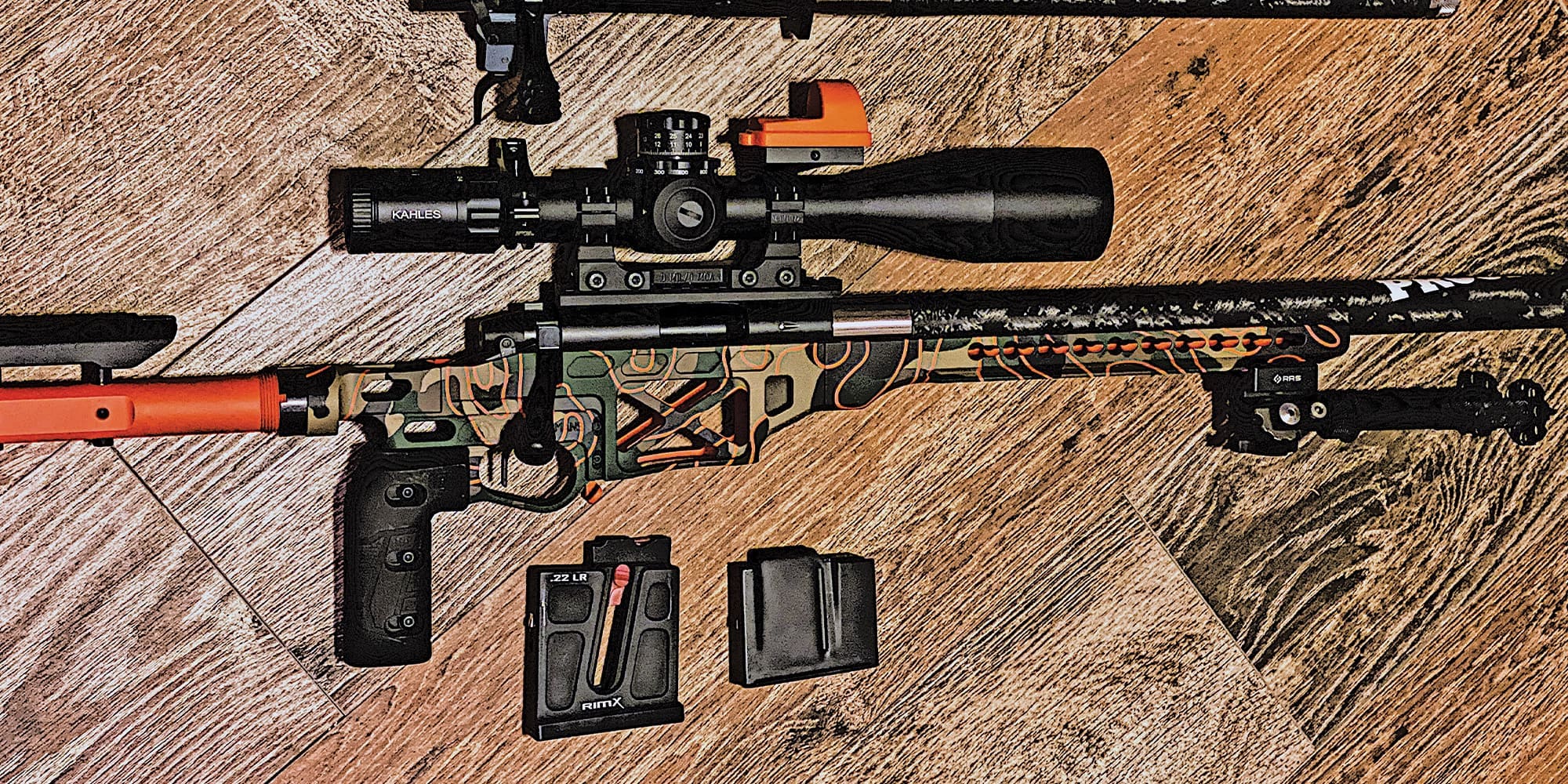
NOTICE: Certain links on this post may earn a commission for Western Hunter Magazine from Amazon or our other affiliate partners when you make a purchase. Thank you for your support.
Wild Land Hippie
Wild Land Hippie: By Marc Carlton
Protecting the West might take becoming an environmentalist
I’ve become a weird sort of bow-toting hippie – one that happens to shoot things. I’m still unsure how to explain to non-hunters the connection and fulfillment that this provides. How can we be woven into the complex fabric of something so much that we spend money, time, and effort to save and manage the thing, then we partake in shooting it? How can we kill it then embrace the fervor of adrenaline, wonderment, remorse, and even guilt that comes with it?
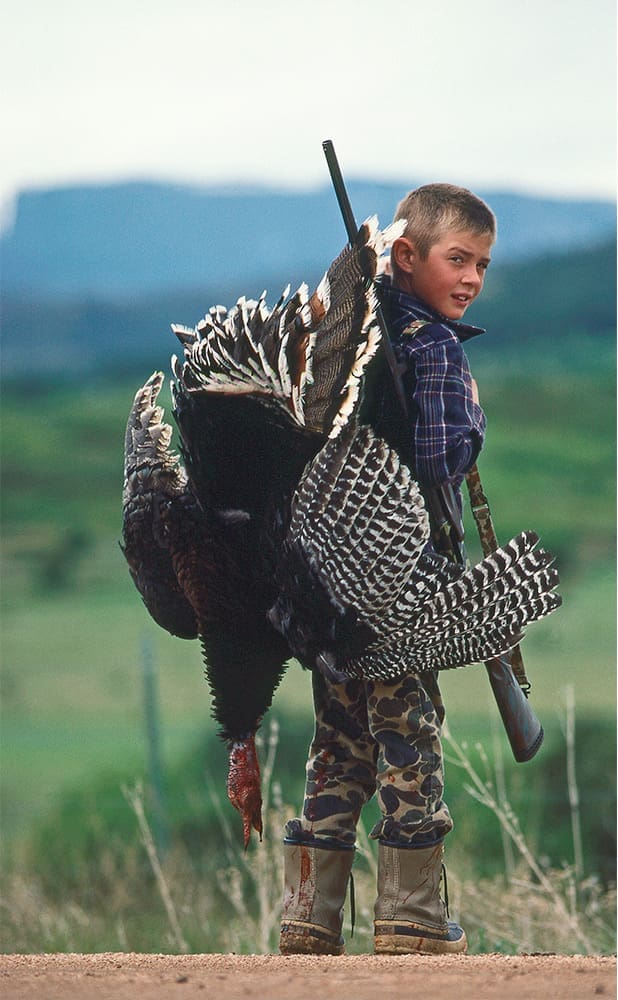
Just in processing that clutter of a statement, I can still feel the first hefty dose of emotions after an 870 pump roared to life in my hands, taking aim and shooting my first turkey as an eight-year-old, simultaneously getting submerged in this deluge. It’s a right of passage that sears in like a brand, experiencing firsthand the ramifications of taking a life. I can still smell the gunpowder and sense the coppery feathers under my fingers.
Often I wonder, with today’s craziness and school shootings, if those kids who go that far would have done differently if a person had shown and introduced them to similar experiences, making palpable the cause and effect of our choices. Undeniably, hunting and killing bring a wholly unique experience. It will be a tough sell to the “antis” on any subject if they can’t feel and see these things and places we frequent firsthand.
The older I get, the more this hippie in me comes out. I’m more mindful and environmentally aware, especially regarding hunting. My methods started becoming conscious and tangible. I prefer calling when I hunt because the verbal back-and-forth brings me closer to that particular experience. Yeah, it increases my odds, but truthfully, it’s just cool to say something “in elk” and have one say something back. I switched to shooting a recurve bow for that same type of relationship; time spent crafting custom arrows and then watching them fly also fulfills. All these things we invest in start to mean something to us. They become part of our personal stories. These are some of the details that make up my own.
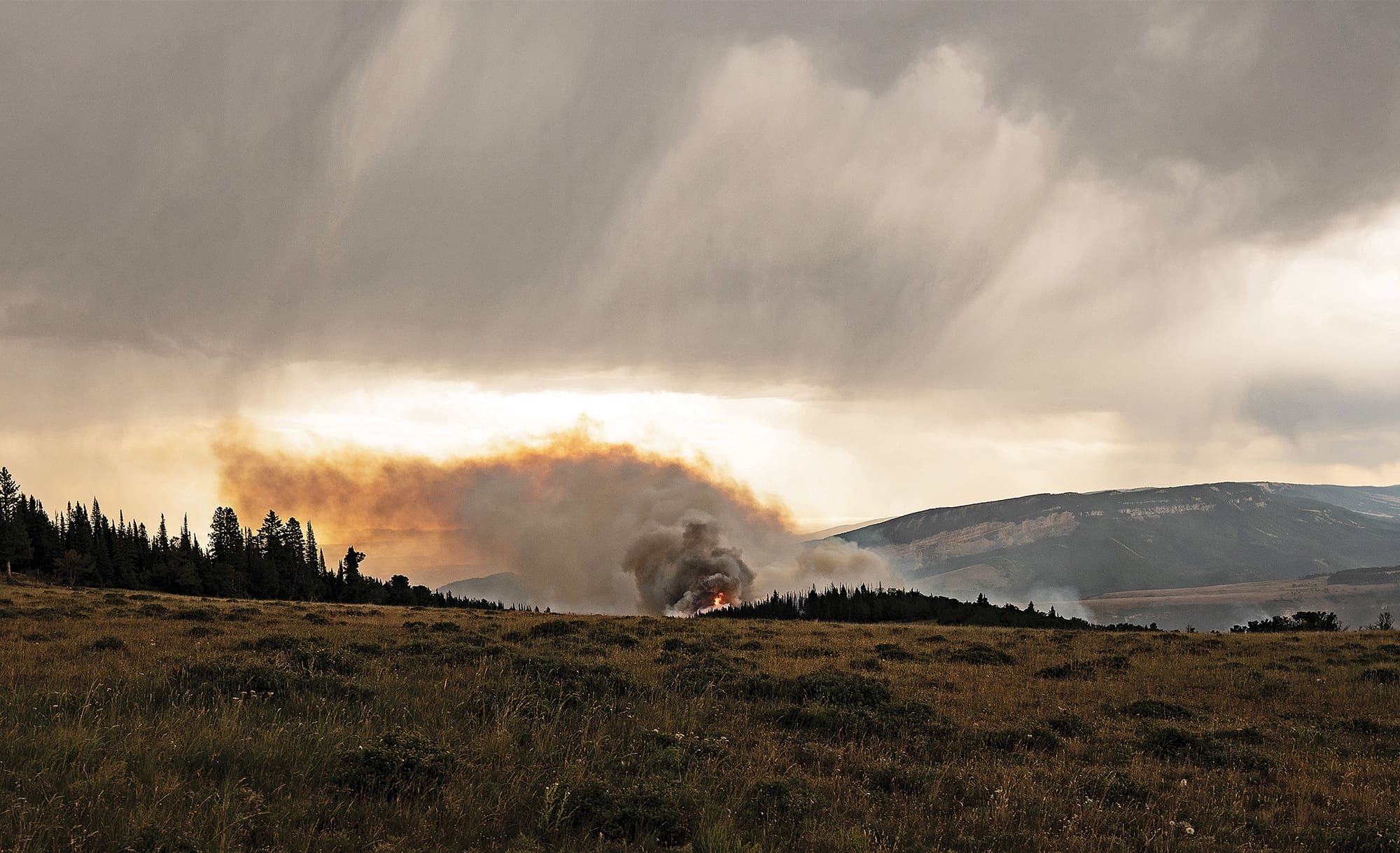
These paragraphs started to formulate in my brain while looking north towards Montana at a smoke column hundreds of feet in the air. When taking time to look in the other direction, I found myself completely “nerding out” with ideas of elk hunting the open plateaus and black timber basins unique to the Bighorns, graced by a sea of carpet that consists of open tundra and supple green grass, broken up by rock outcroppings and jack pine. If not for the smoke to the north, you’d never guess it would be burning.
I am on top of the world, between Cody and Sheridan, with the possibility of 350-400" elk, in some of the most storied mountains in our country. Drag marks still score the ground from Indian tribes pulling their belongings behind them a thousand years ago to seasonal hunting grounds. Who wouldn’t like to chase elk in that area and re-trace the steps of fellow bow-toting hippies that tagged out and scalped the famous (but probably crazy) General Custer? The whole place is just simply… epic; the kind of place you need to see to understand how unique it is.
I’m on a wildland tour. Twenty-seven days away from home, sleeping on the ground in a military-like fashion, getting up a 5 AM and going to bed after dark, dining on delightful Fed food, and practicing the forgotten art of pooping behind a tree with a Pulaski. Here, a person does find ample time to process some things. I started asking questions and doing light research about the wildfires I took for granted.
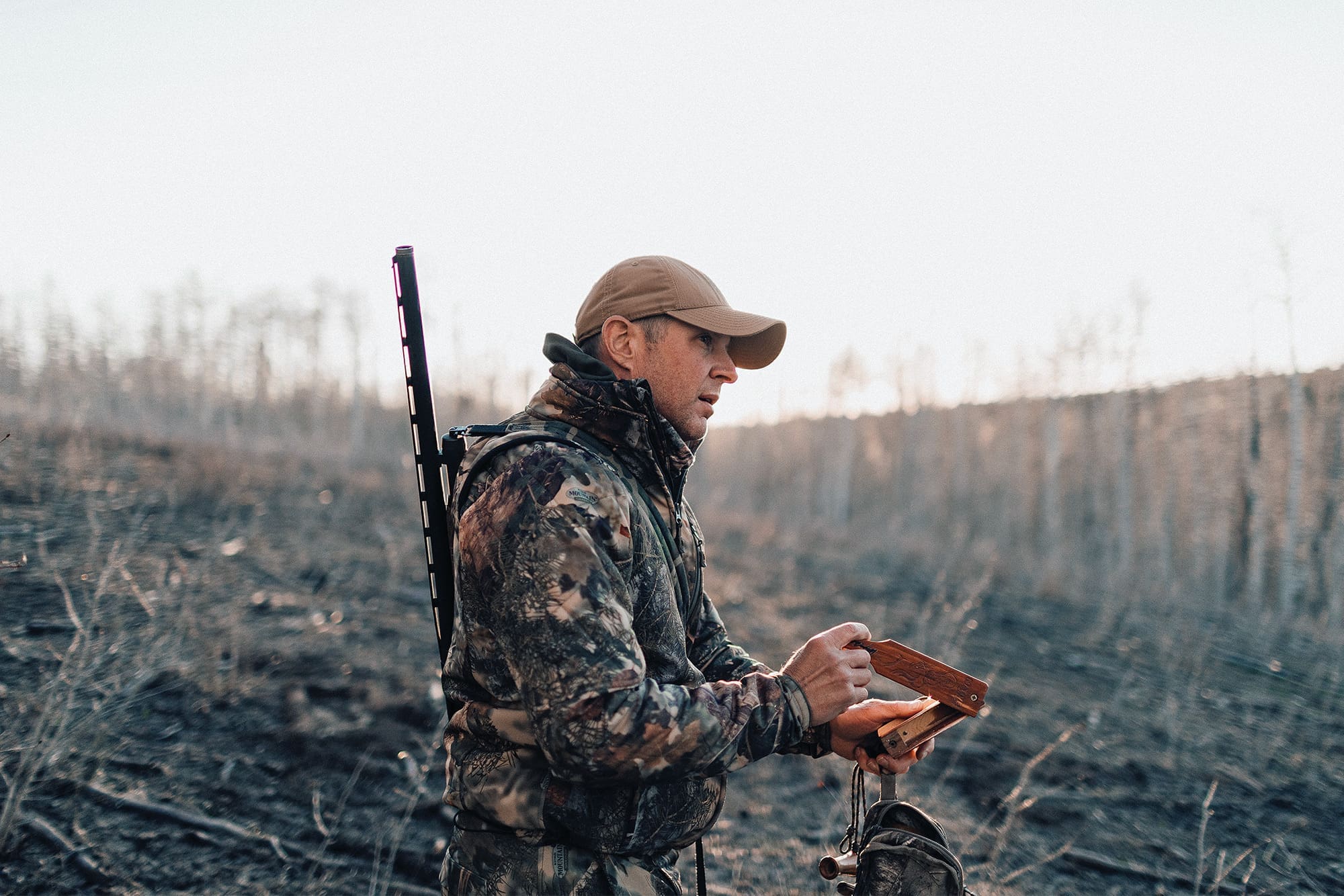
The first thing that got me pondering was looking at a 70-year burn scar that was maybe 500 acres. It stands now with only a meager handful of young trees. The story here is that the timber was never thinned out in any management, so the excessive overgrowth added fuel to the fire. It got so hot that it nuked out the soil, burning everything in the ground; everything to naturally replenish, incinerated. No organic seeding occurs because it was all consumed by excessive heat. At the rate I saw, it won’t come back for hundreds of years without the help of replanting these types of burned areas. It takes about 35 years to grow a healthy pine tree back east. Out west, it is a literal lifetime of twice that.
I spent some time back east as a kid in South Carolina – three years in Edgefield, home of the NWTF. Everything there is private; management is a priority among all landowners. With an excess of people and houses, healthy timber is a financial means for landowners and benefits the habitat and wildlife. Timber roughly generates $2000 profit per acre there. That’s paying jobs and lumber for you and your local Home Depot. Most importantly, these healthy forests are about as safe from raging fire as you get.

Out west, however, a wildland fire costs around $300-2000 per acre to have resources fight and watch burn, and we may or may not replant, depending on the situation and allocated money. Our national five-year average cost is $2,351,501,800 per season. Yep… over 2 billion, 3 hundred million dollars for burned trees; your tax dollars, spent every year. The last five years’ acre average? 7,816,763 acres per year burned and gone at about $300 an acre, but it varies from fire to fire.
The Dixie Fire in Idaho is almost a million acres and larger than Rhode Island, making it one of the worst fires in history and over $616 million in cost at this point today, about $700 an acre. Crater Ridge Fire, in the accompanying photos, ran around $2000 per acre. This is the money spent. There still has to be accounting for houses replaced, trees (hopefully) replanted, roads damaged from mudslides, power supply replaced, river water and fish habitat affected, etc. I can look up fire statistics fairly easily, but the collateral cost will be ongoing for years.
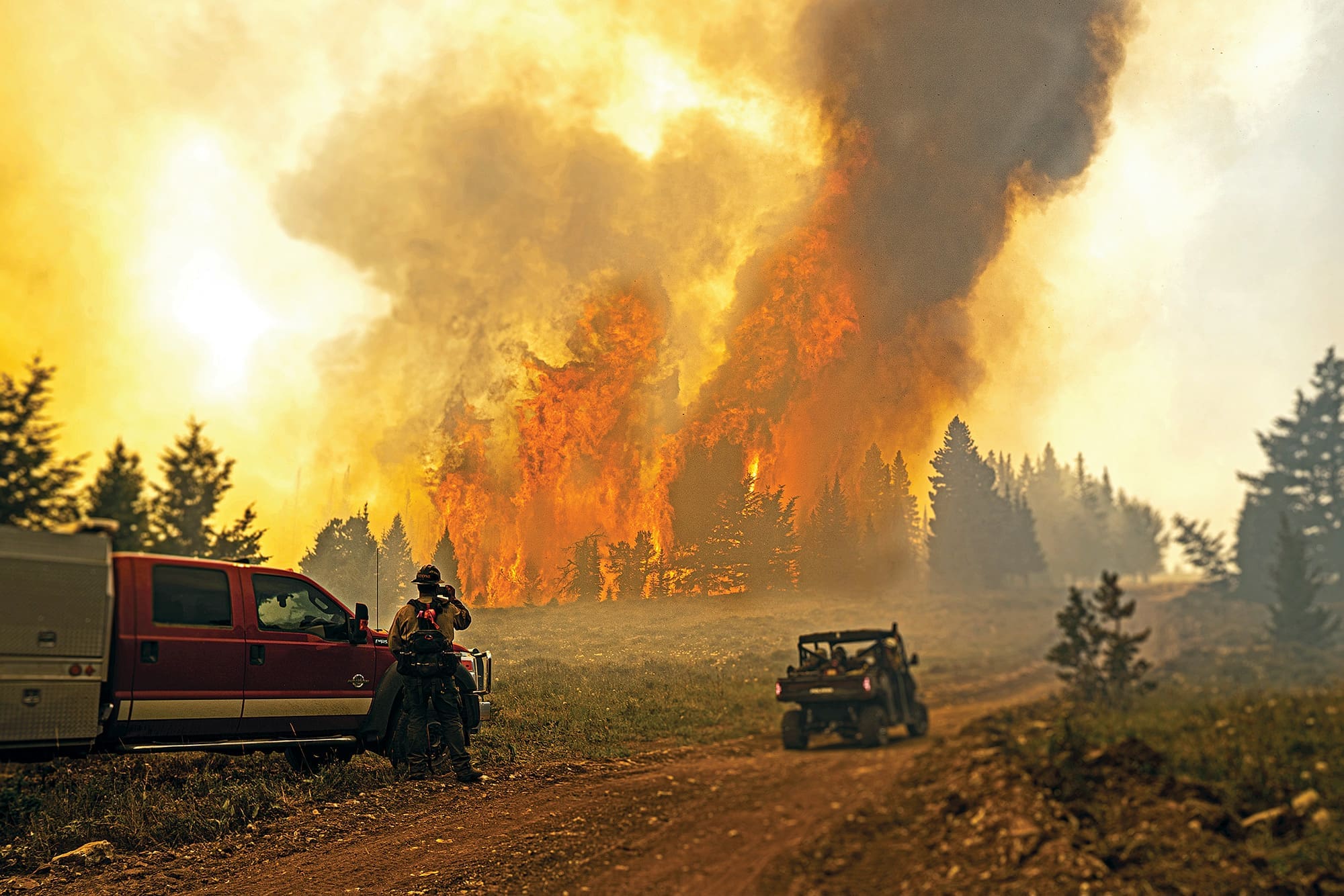
It gets worse if you throw in a natural situation like the beetle kill out west, killing tens of millions of acres of pine trees in North America and Canada. Without proactive mitigation of some sort, you have a sea of supercharged fire hazards. That is the worst scenario when it burns.
This grim reality is where my hippie shows up. While not agreeing with it, I get a part of the anti movement and thought process. I can see it a little from their shoes. I’d rather pay America for oil and gas, but at the same time, I hate looking at gas pumps on the horizon. I also prefer green, living trees and pristine river waters to fish in. I may even be OK with wolves in Colorado if the Division of Wildlife is actually allowed to manage them properly (my jury is still out on that one). The truth is it’s a fault in the lack of awareness from both sides. You have to see firsthand that saving trees and wildlife has become complex.
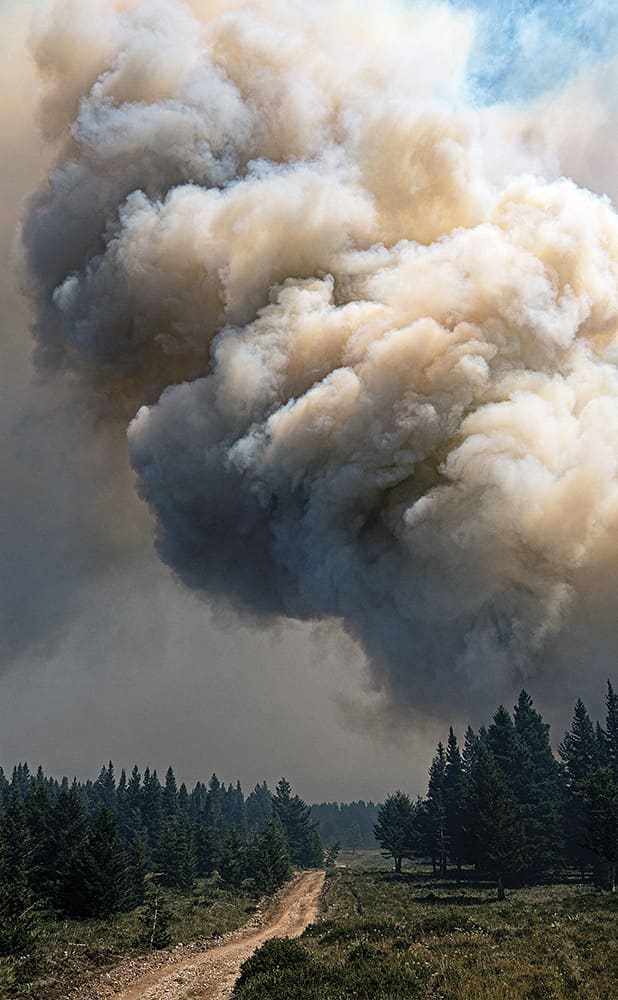
I get how a city dweller makes the “let it be natural” choice at election time for environmental decisions. Still, it’s a decision made from emotion and not any tangible education without being connected firsthand. Without someone to explain how the dominoes fall in any management, the choices are usually wrong. People need to know the “why” and the cause and effect. I can’t blame them for how they feel if no one has pulled back the curtain and taken the time and shown them “how and why.” Most folks don’t know any better, and we do poorly at waving our flag and making our wheel squeak to be heard.
It needs to be very clear that it’s not the fault of the BLM. The money is spent in every effort to do good. These guys have degrees and experience in what they do and are darn good at it if allowed. Like a lot of wildlife management, they get their hands politically tied and simply can’t do their jobs. In talking with just a few, they get it entirely, know it better than we ever will, and are every bit as frustrated. In my time around the 300 folks on the Crater Ridge Fire, they were the bright spot.
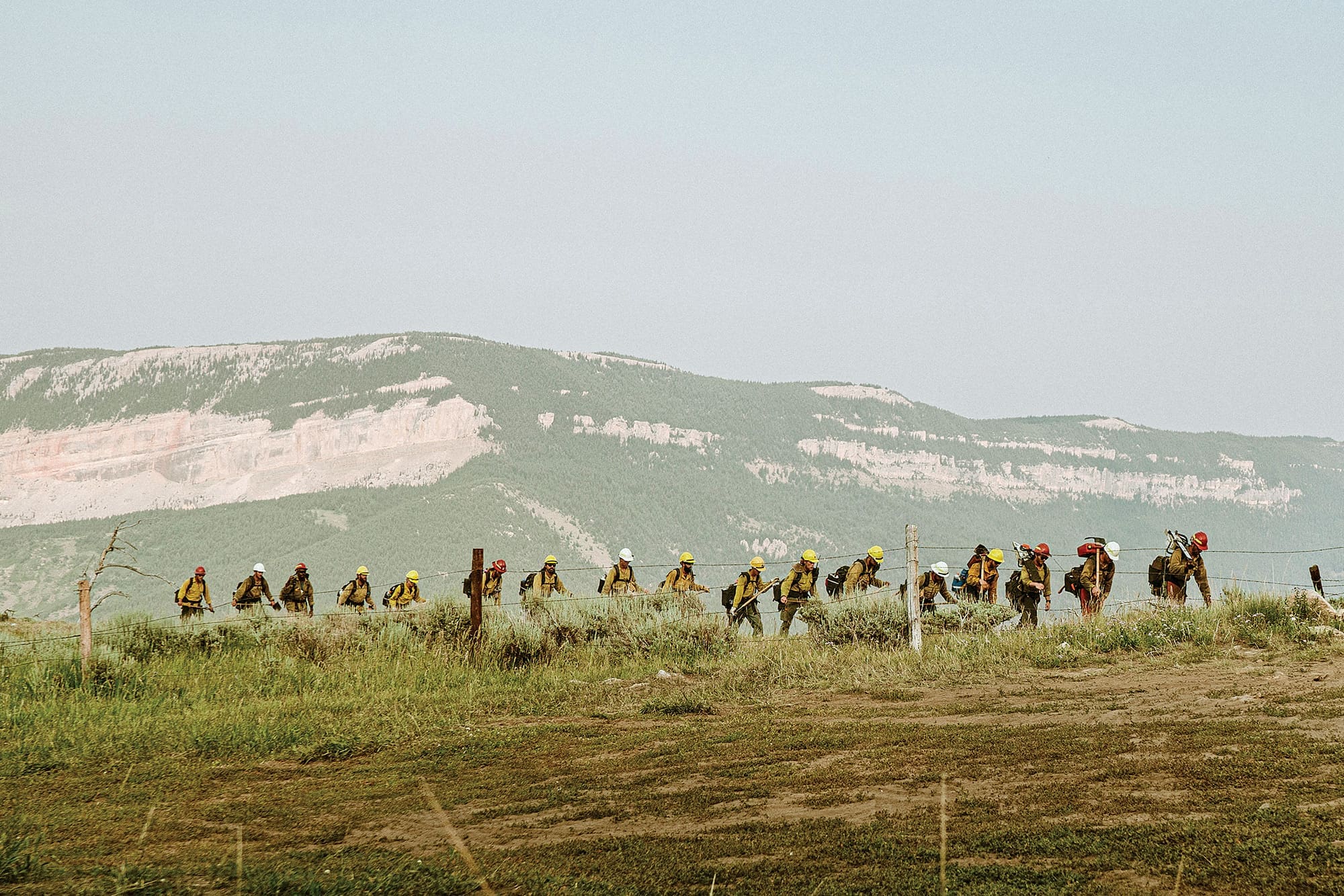
Wildlanders tend to be beard-wearing, gun-toting naturalists. Hand crews work harder than anyone I’ve seen, and Hot Shot crews are borderline crazy in how much they can accomplish. Most are young, under 25, but all give me hope for the future. They show a level of grit and tenacity that is sorely lacking in today’s world. They come together because of a love of the outdoors and hopes of doing something good. Even if they are too young to ponder this, anyone watching can see it as clear as day.
As I ramble to a close on what mostly is just my opinion, I offer a simple thought. We need more of us doing a better job of being aware of the “how and why” and figuring out how to tell it better. The fault is best found looking in the mirror if we are to get anywhere. Lack of timber management is just another example of the critical stories not being told. While out on assignment, I carried a camera, took pictures, and became more aware by doing so. This is me just doing a part. People are primarily told that global warming is to blame for the raging fires of today, and maybe it’s a part of it. We won’t know in our lifetimes if that theory proves true. But, there are another 24 things in front of that that are significant factors we can affect today.
If anything is to change, these need to be pointed out, so here I am, doing my part in the pointing and taking a climb onto my soapbox. We are behind in management. Today, the world has too many people and houses, making it non-feasible to leave it genuinely wild. The cost is too high, and lives aren’t fair to risk. So, we can steward the land and at least make it make sense from all aspects of management for the health of the forest and safety for the people. Or, we can cause chaos by doing nothing, spending billions. If it made even money, we’d be far ahead of the current strategy (if there even is one). So far, in the last twenty years, what we’ve done by having our hands tied is equal to jumping off a cliff without even trying to grab on to anything. But, somehow, in some way, we need to start taking hold of it.


